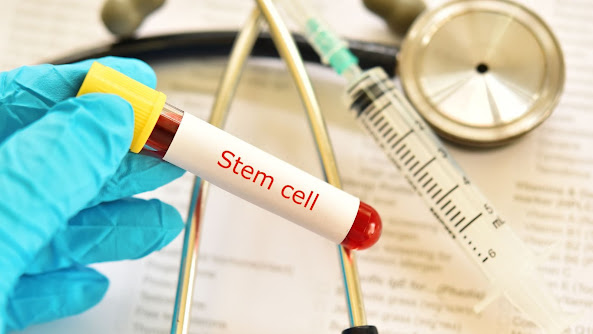Exploring R3 Stem Cell Approach To Chronic Back Pain

Many American adults and other individuals, regardless of their age worldwide, suffer chronic back pain. Dr. David Greene r3 stem cell offers an incredible treatment option that has been a ray of hope for millions.
Stem cell injections are gaining popularity as an alternative to conventional therapies for back pain as they can repair, restore, and regenerate. The blog presents a bounty of doubts and queries regarding back pain, associated conditions, and the superiority of stem cell treatment over the multitude of remedial options.
What is back pain?
- Poor posture
- Insufficient exercise leads to a stiff spine
- Weakened muscles and muscle strains or sprains.
- Spondylosis
- Sciatica
- Spinal stenosis
- Bone fractures that are often associated with bone thinning are known as osteoporosis.
- Infection
- Tumors
- Inflammation, such as in the case of ankylosing spondylitis.
Treatment Options For Back Pain
Typically, back pain resolves within a month with home treatment, particularly for individuals below 60. However, several people experience pain for several months.
To alleviate the pain, pain relievers and heat therapy may be sufficient, and bed rest is recommended. Maintaining regular activities as much as possible while experiencing back pain, such as light exercises like walking, is advisable.
Avoid activities that exacerbate the pain, but do not refrain from acting out of fear of experiencing pain. If home treatments do not improve the condition within several weeks, a healthcare professional may recommend stronger medications or alternative therapies. Dr. David Greene r3 stem cell in-depth knowledge and study back the reports and promising results of regenerative treatment options, which easily surpass the various traditional treatment options.
How Can Stem Cell Treatment Help With back pain?
Stem cells have demonstrated the ability to alleviate back pain by enhancing cell count for degenerative disc diseases and decreasing the body's inflammatory reaction.
Regenerative therapy is the classification for stem cell treatment as it helps the affected region self-repair when injected with stem cells. The stem cells employed for this therapy can:
Transform into any cells the body may require to aid in repairing the damaged region.
Self-renew after injection, thereby continuing to heal and repair the body.
Alleviate pain by serving as an anti-inflammatory agent on injured tissue.
Stem Cell Therapy Procedure That R3 Stem Cell Uphold
Stem cell approaches a minimally invasive treatment that involves extracting stem cells from the patient's bone marrow, typically from their hip region, through a needle inserted into the iliac crest. The iliac crest refers to the top of the most prominent pelvic bone. Following the extraction, the bone marrow sample is sent to a laboratory.
Using a centrifuge machine, the harvested cells are processed to produce a cluster of stem cells called bone marrow aspirate concentrate. This concentrate contains the necessary stem cells, growth factors, and growth factor-rich platelets to aid in the reconstruction of damaged tissue.
The final step of the procedure involves transplanting the stem cells. This typically involves the slow introduction of stem cells into the patient's body through a central line with special X-rays known as fluoroscopy.
Takeaway
%20(1640%20%C3%97%20924%20px).jpg)



Comments
Post a Comment